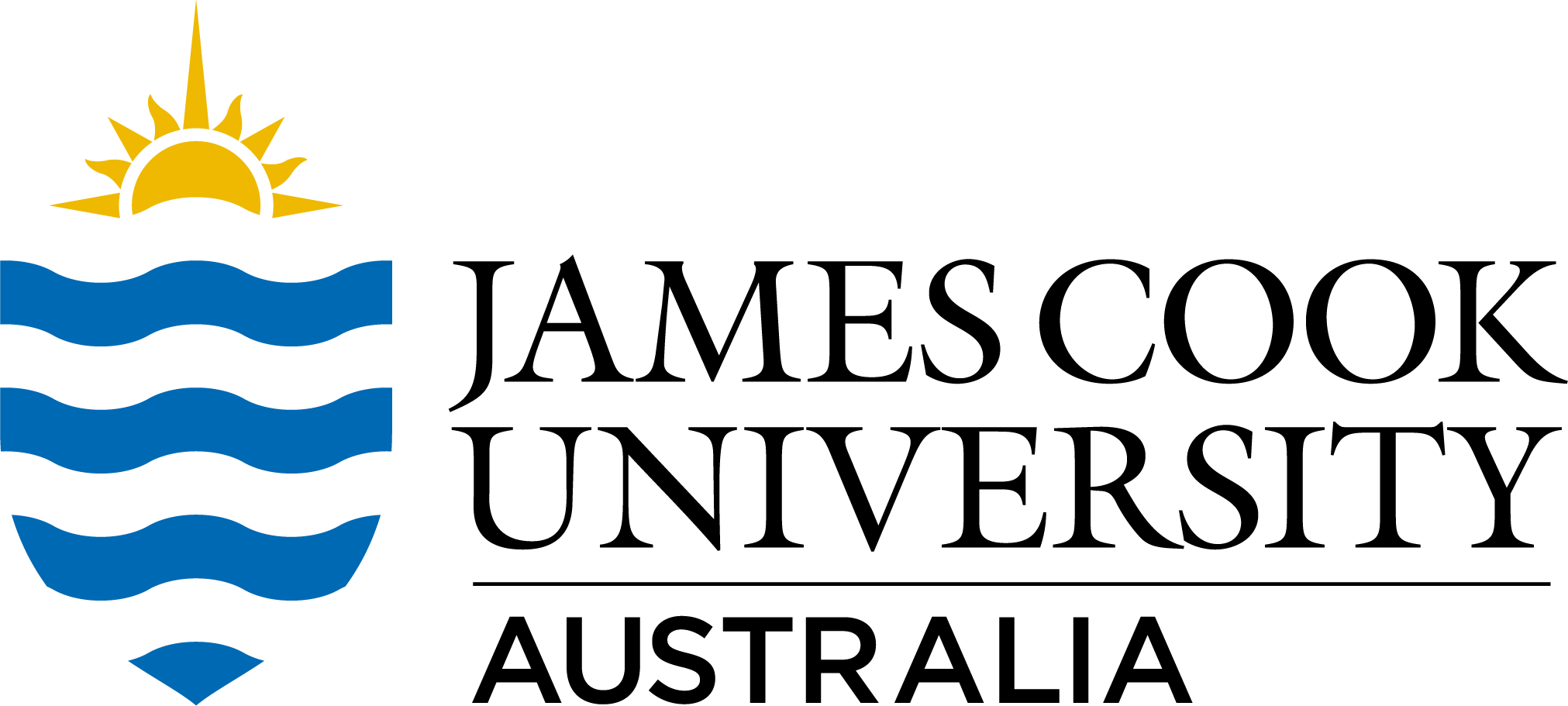Brief description
This dataset contains a database extracted from the literature related to marine conservation planning. The tables include details and a systematic classification of reviewed studies that incorporated or recommended connectivity (Table A1) or climate change (Table A2) for systematic conservation planning.
Full description
Peer-reviewed papers published in ecological journals, book chapters, and grey literature reports (from any year) were identified. The literature search used the terms ‘connectivity’, ‘climate change’, ’global warming’, ‘marine conservation’, ‘marine spatial prioritization’, ‘marine conservation prioritization’, ‘marine reserve selection’, ‘marine conservation planning’, ‘marine protected area’, ‘marine reserve’ and ‘decision support tool’. Studies were scanned and selected for further analysis based on 6 filters: (1) proposing and designing an MPA (Marine Protected Area) network; (2) evaluating how well existing MPAs were being managed, including zoning and rezoning; (3) assessing a region’s biodiversity or identifying areas of biological significance across a region; (4) proposing broad guidelines for incorporating connectivity and/or climate change into marine conservation assessments, whether by proposing theoretical frameworks or offering reviews; (5) prioritizing areas for purposes other than biodiversity conservation, such as fisheries management, or based on quantitative assessment of threats; or (6) addressing disturbance from climate change or climate change impacts combined with those of other threatening processes. Studies were further analysed and classified by scope (guideline, theoretical or applied) and statements from each study were extracted and coded by category, criterion, type of statement and methods (for quantitative statements) as shown.
Notes
This dataset is available as a spreadsheet in MS Excel (.xlsx) and Open Document formats (.ods)
Created: 2015-10-12
User Contributed Tags
Login to tag this record with meaningful keywords to make it easier to discover
- DOI : 10.4225/28/5743AD692977B

- Local : researchdata.jcu.edu.au//published/13cd91d432b66764d796e107310a71e5
- Local : 7ff609b62785f8179a80305f37ae357d


